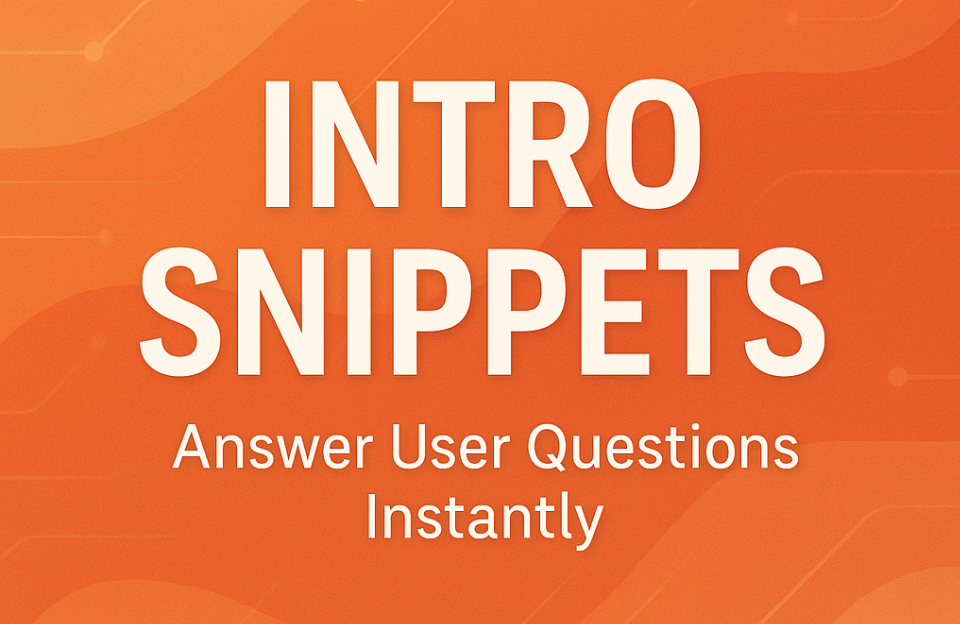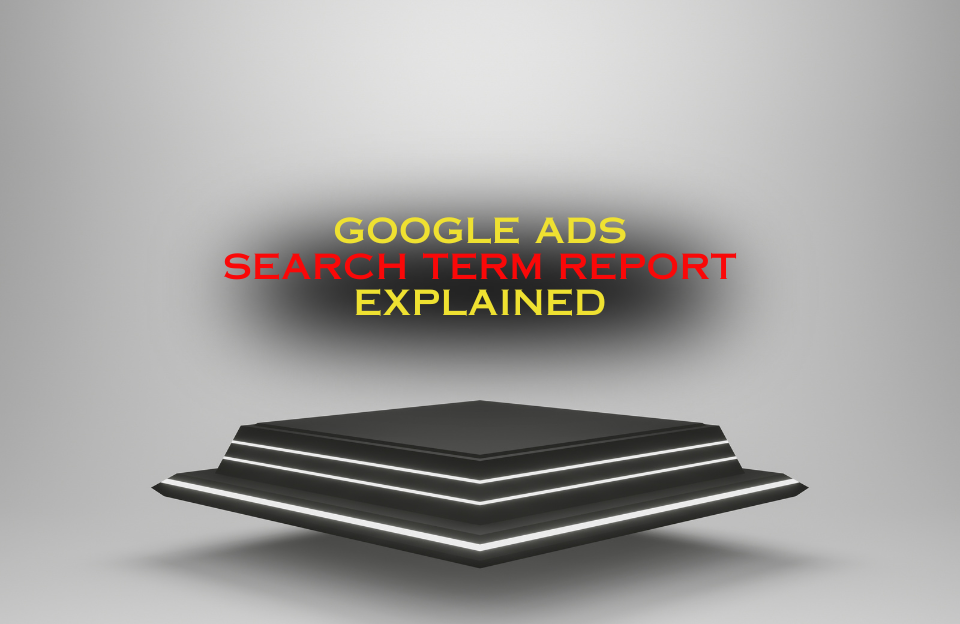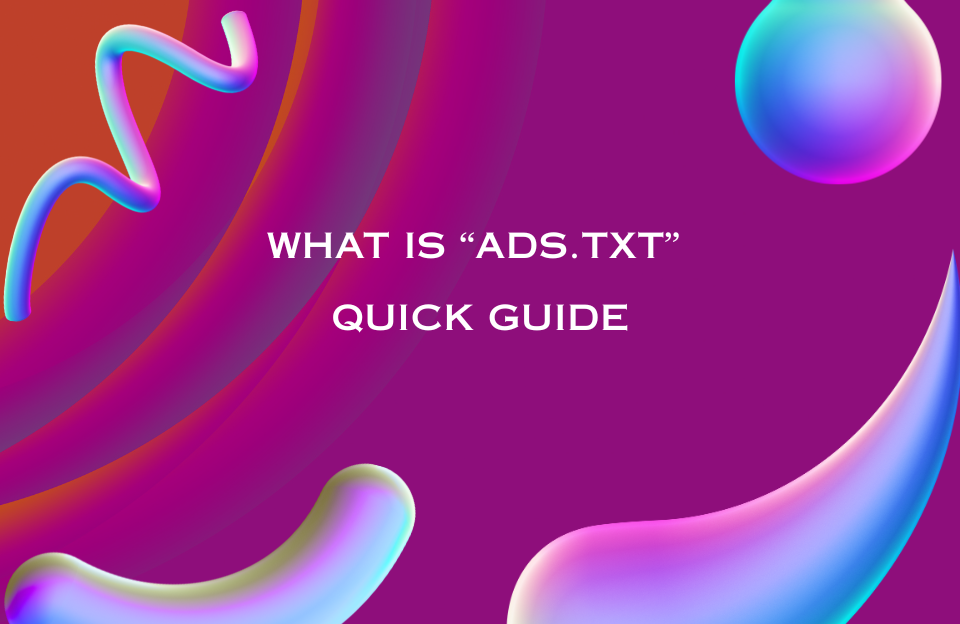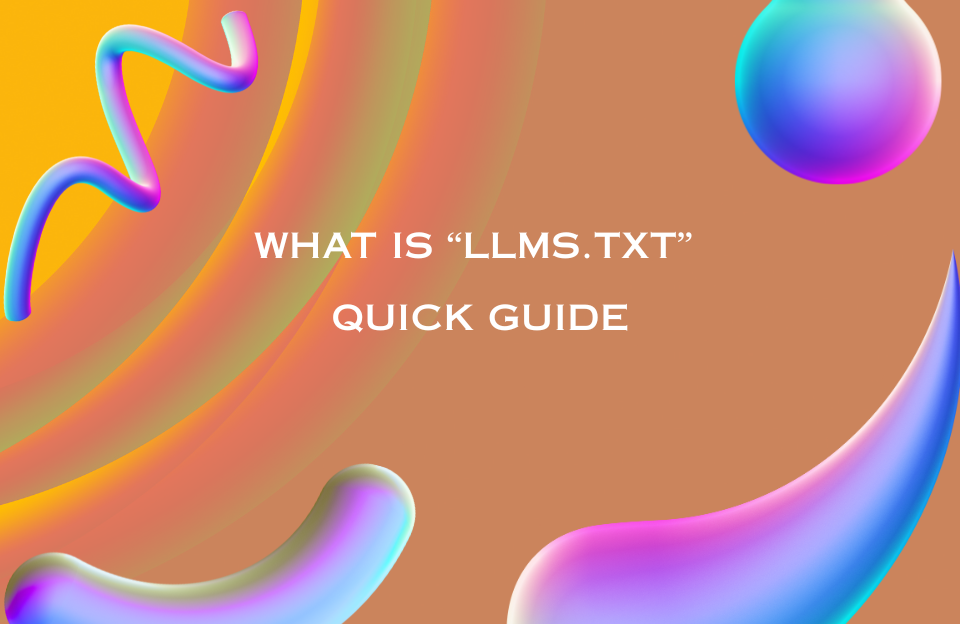Intro snippets are concise, intent-matched opening paragraphs that answer the user’s primary question in 2–4 sentences. By delivering a clear definition or outcome up front—using plain language and the target keyword—you increase eligibility for featured snippets, improve AI visibility, and help readers confirm within seconds that they’re in the right place.
What Is an Intro Snippet?
An intro snippet is a short paragraph at the top of a page or post that directly addresses the user’s core intent. It typically includes:
- A clear, jargon-free explanation of the topic
- The target keyword or question
- The most direct answer or value proposition
Think of it as the mini elevator pitch for your page—if a visitor only reads those first lines, they should already understand the “what” and “why.”
Why Intro Snippets Matter
1) Better SEO and Featured Snippet Eligibility
Google frequently extracts featured snippets from tightly written openings that answer a specific query. Starting with a direct definition or outcome increases your chances of earning position zero.
2) Stronger AI Visibility
Tools like ChatGPT, Perplexity, and Google’s SGE often rely on the top portion of a page. If that section is scannable, keyword-aligned, and structured like a definition or Q&A, it is more likely to be cited. For aligning that top-of-page context with location and intent signals, see the GEO Conversion Funnel (AI Content).
3) Faster User Validation
Visitors decide quickly whether to stay or leave. A sharp intro snippet reduces pogo-sticking, guides readers to the right sections, and improves engagement signals.
Example of a Strong Intro Snippet
What is Customer Lifetime Value (CLV)?
Customer Lifetime Value (CLV) is the estimated total revenue a business expects to earn from a customer over the entire duration of their relationship. It helps brands assess customer profitability and make smarter marketing decisions.
Why this works: it defines the term immediately, answers the implied question, includes the keyword, and adds context without fluff.
Where to Use Intro Snippets
- Blog articles (especially educational or how-to content)
- Product pages (instantly answer “what is this?” and “who is it for?”)
- Landing pages (clarify the value proposition right away)
- FAQ or help center articles
Best Practices for Writing Intro Snippets
- Use plain, direct language—avoid long wind-ups
- Answer the primary question within the first 2–3 sentences
- Include the target keyword naturally
- Avoid fluff, filler, or generic promises
- When possible, structure it like a short definition or Q&A
Common Pitfalls to Avoid
- Opening with vague claims or storytelling before the answer
- Burying the core answer halfway down the page
- Overloading the intro with links or jargon
- Skipping intros in favor of banners or CTAs
SEO Writing Template (Copy-Paste)
<p><strong>[Term or Question]</strong> is [short, concrete definition] that helps [target user] achieve [outcome]. In 2–4 sentences, state the essence, use the <em>[target keyword]</em>, and explain why it matters now.</p>
Key Strategies That Amplify Intro Snippets
- Topic clusters: link your intro to a clear pillar and related articles so search engines and AI understand depth and context.
- Structured answers: follow the intro with bullets or a short list so key points are easy to extract and cite.
- AI-friendly titles: use direct, natural-language H1/H2s that mirror how users phrase questions.
- Query matching: echo the exact core question in the intro and the first H2 to reinforce relevance.
- Journey & GEO fit: align above-the-fold messaging with location and stage; see the
GEO Conversion Funnel (AI Content).
Intent Matching and Journey Fit
Intro snippets perform best when they reflect the reader’s context and stage in the journey. Connect your opening to clear paths for different segments. For a model that aligns location, intent, and content format, see the GEO Conversion Funnel (AI Content).
Conclusion
Small paragraph, outsized impact. Use intro snippets to anchor your SEO strategy, improve AI citations, and give readers immediate clarity. Start strong, answer first, and guide users to the content that converts.
Intro Snippets: Frequently Asked Questions
How long should an intro snippet be?
Keep it to 2–4 sentences—long enough to answer the core question, short enough to scan on mobile.
Where should the intro snippet go?
Directly under the H1 and before any hero/banner/TOC. Above-the-fold context helps both users and AI.
Should the target keyword appear in the intro?
Yes—once, naturally. If you target a question, mirror that phrasing in the first sentence.
Will an intro snippet guarantee a featured snippet?
No. It improves eligibility, but competition, authority, and intent still matter. Keep broader SEO strong.
How do intro snippets improve AI visibility?
AI often relies on the top of the page. A definition-style intro increases the chance of accurate citation.
Tip: align above-the-fold with location/intent
Should I format the intro like Q&A?
For definition/how-to intent, yes: one direct answer line, then 1–2 supporting lines.
Can I use multiple intro snippets on one page?
No. Use one focused intro. For subtopics, start each section with a clear H2 and short lead-in.
Should the intro include images or icons?
Generally no. Keep the intro text-only for speed and clarity; add visuals below.
Do product and landing pages need intro snippets too?
Yes. Summarize what it is, who it’s for, and the primary benefit in 2–3 sentences to reduce bounce.
Is it okay to add bullet points right after the intro?
Yes. A short list that expands key benefits/steps is easy for users—and AI—to extract.
How do I measure whether my intro snippet works?
Track bounce rate, time on page, scroll depth, SERP CTR, and featured-snippet wins; compare before/after.
What are the most common mistakes?
Long warm-ups, vague claims, burying the answer, keyword stuffing, and placing banners above the intro.
Do I need schema for intro snippets?
No. They work without schema. If relevant elsewhere on the page, you can add FAQ/HowTo schema to supporting sections.




